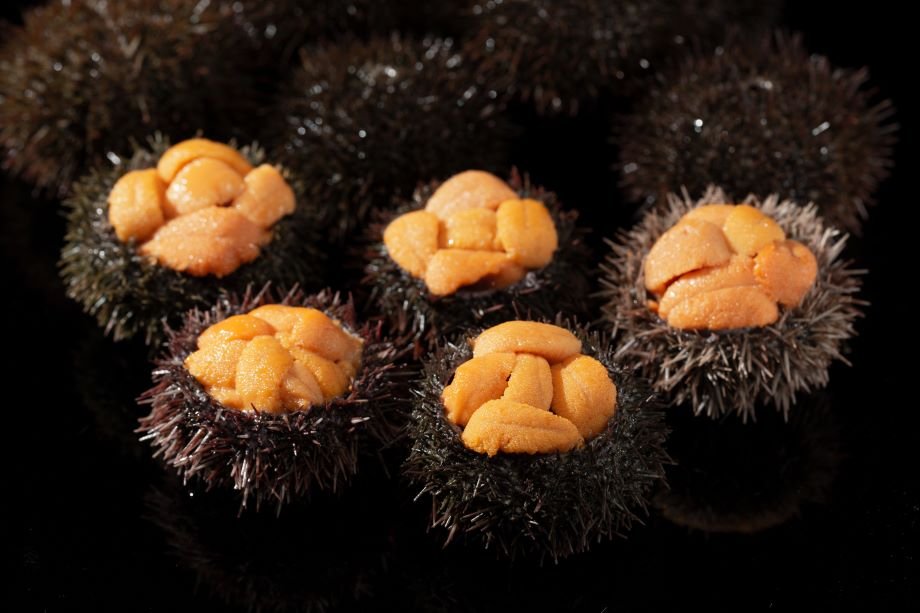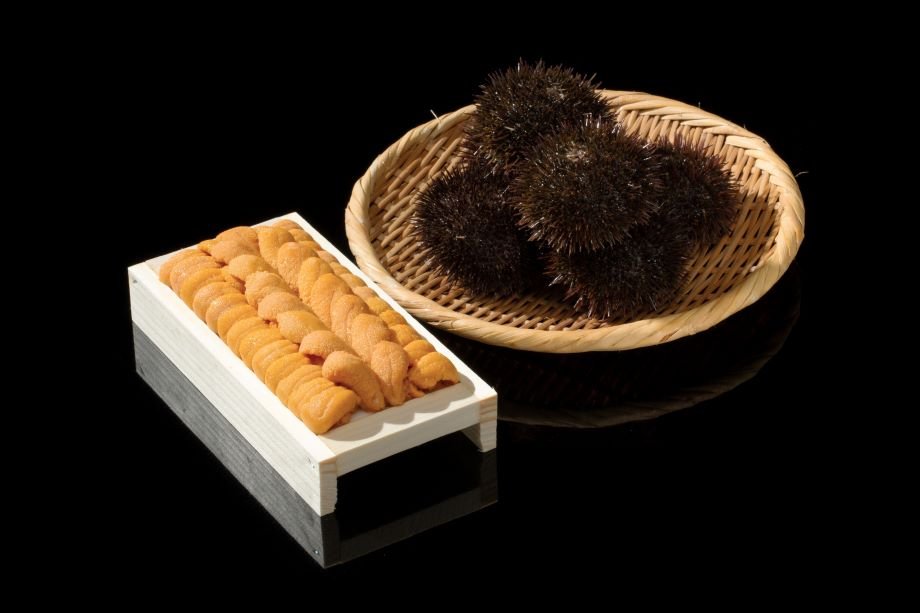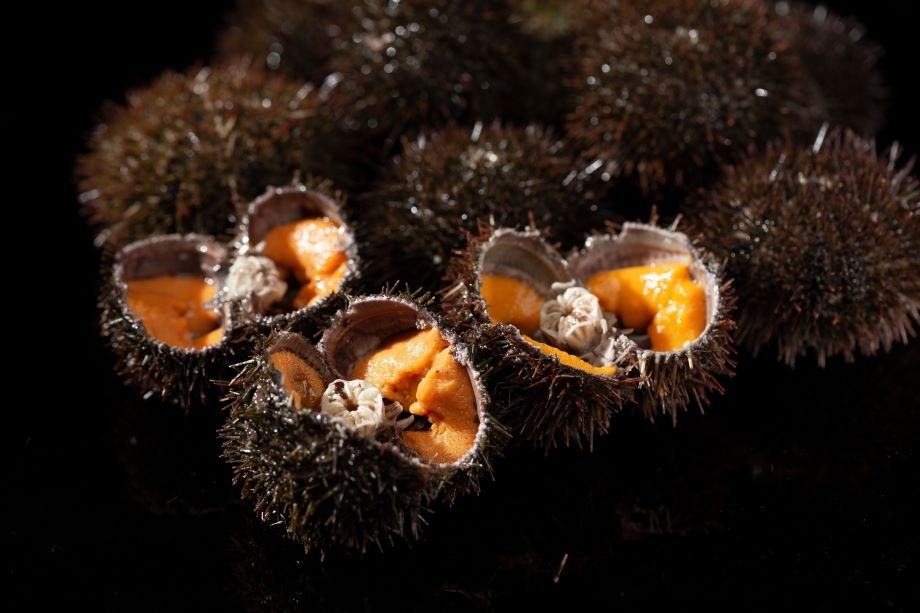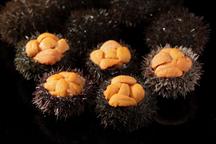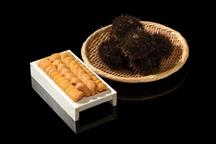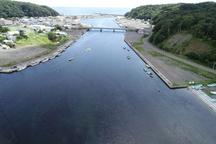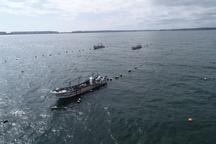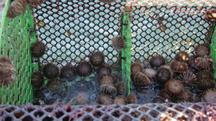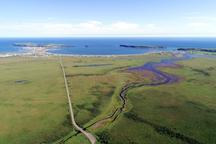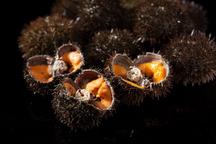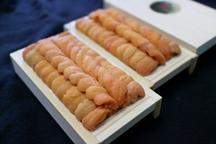Hamanaka Youshoku Uni
| Registration Number | 135 |
|---|---|
| Name of the GI | Hamanaka Youshoku Uni (Hamanaka farmed sea urchin) |
| Class | Fish and Shellfish |
| Date of Protection | 2023/07/20 |
| Producing Area |
Hokkaido
Inland waters, Hamanaka Bay, and Biwase Bay in Hamanaka Town, Akkeshi County |
| Applicant - Name and Address | Hamanaka Fishery Products Promotion Council 445 Tofutsu, Hamana Town, Akkeshi County, Hokkaido |
"Hamanaka Youshoku Uni" (Hamanaka farmed sea urchin) is the farmed sea urchin Strongylocentrotus intermedius. The flesh is a deep yellow, almost orange, and the color and size are uniform.
Characterized by the lavish aroma of the ocean, creamy and mouth-melting texture, and rich taste free of bitterness or off-flavor, it is highly rated in markets and traded at higher prices even compared to its wild counterpart because of strategic production and shipment that make use of the advantages of farming.
The sea farming area that cultivates "Hamanaka Youshoku Uni" is located in the inland waters of Hamanaka Bay, and Biwase Bay in Hamanaka Town.
The farming involves growing cultured seeds of Strongylocentrotus intermedius, collected and produced from parent sea urchins found in the sea near Hamanaka, by engaging them in farming baskets and feeding them with kelps of high feed value.
The sea urchins are shipped based on the shipment standards specified by the Hamanaka Fishery Products Promotion Council.
The producing area is where kelps, on which sea urchins feed, grow in abundance. Bays and calm inland waters are linked to the sea, which receive minimal impact from ocean waves. All such factors constitute a natural environment suited to sea urchin farming.
Sea urchin farmers in the area have performed environmental monitoring of the farms, investigated feed values, adjusted methods and water depth for mooring the cages, and devised farming baskets that make it easy to feed urchins considering sea currents, etc.
Technologies for culturing sea urchins have also been established, including identifying the marine plants that can be the most effective feed for sea urchins.
Moreover, sustainable farming of sea urchins is possible without adversely affecting the environment via active use of the local natural conditions. Therefore, unique local resource-circulating culture technology is being promoted.
Sea urchin fishing by dividing was active along the coast of Hamanaka Town, which once boasted annual catches of over 300t. However, the marine resources sharply decreased due to overfishing and became almost exhausted. In 1988, people started to release cultured seeds of sea urchins to recover stocks and control the fishery toward its restoration.
Later, in 1992, recirculating aquaculture of sea urchins started. In 2003, the Hamanaka Fishery Products Promotion Council was founded, and the consolidated brand name "Hamanaka Youshoku Uni" was established.
